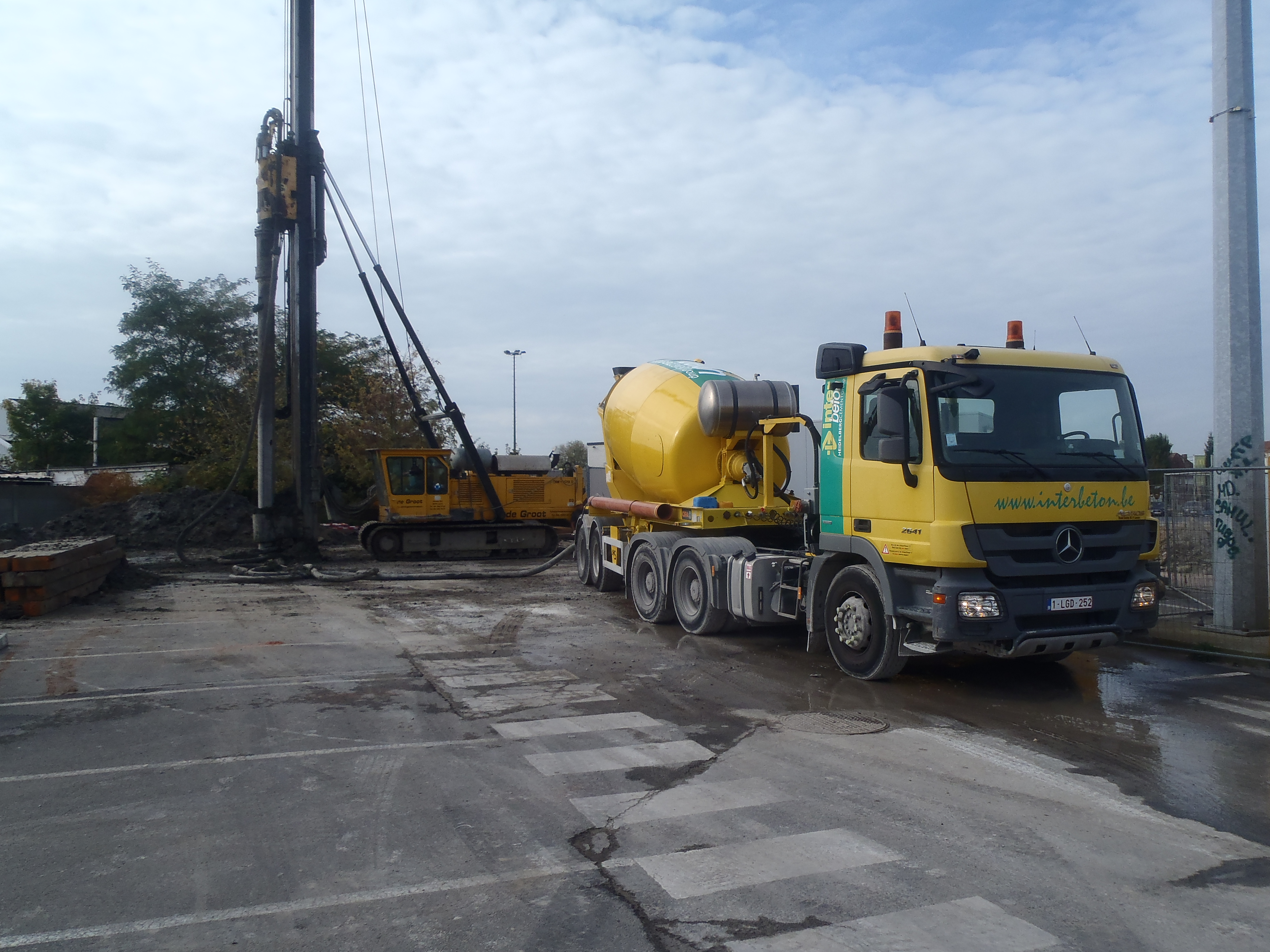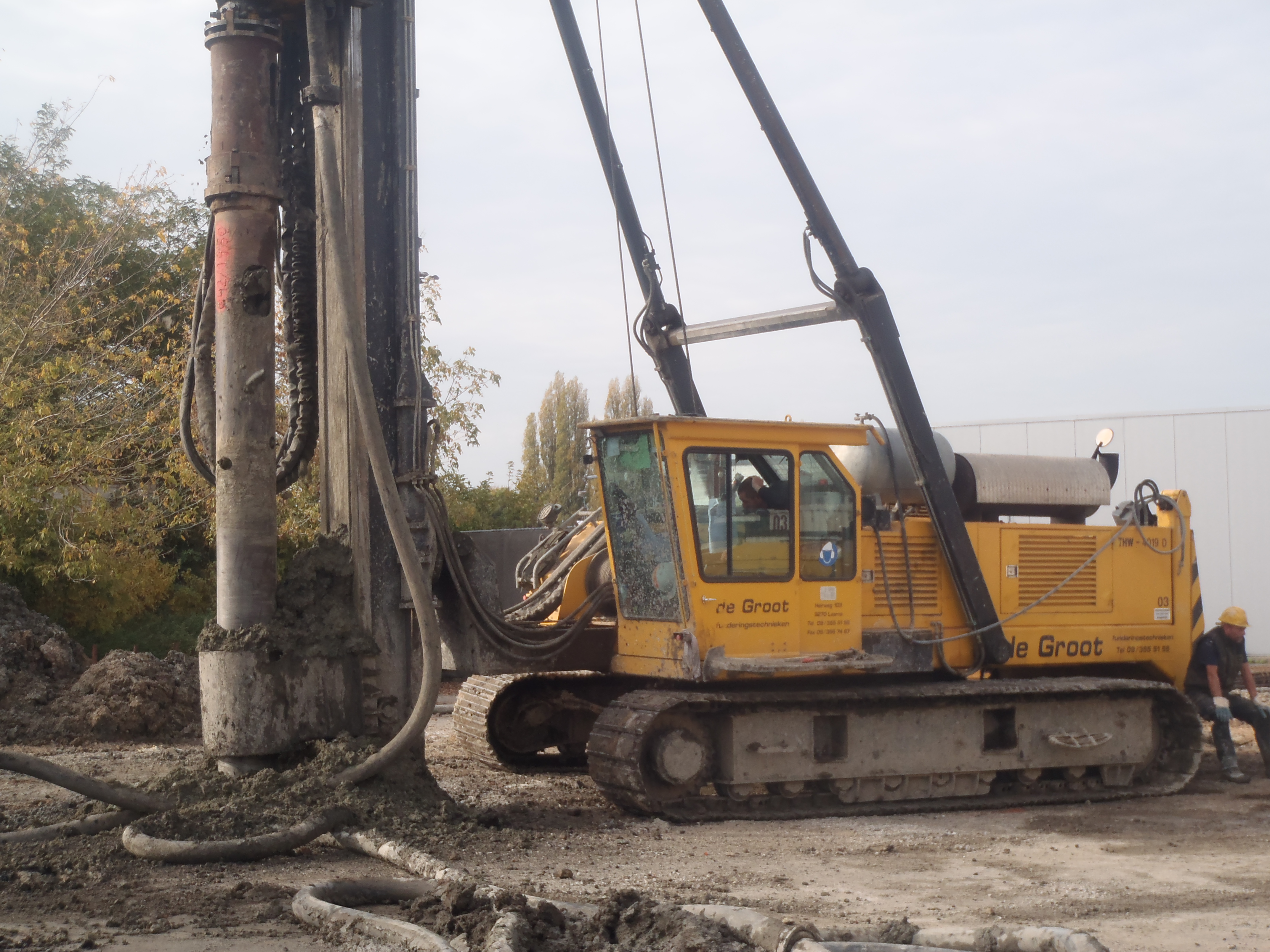In the Zuunbeek in Sint-Pieters-Leeuw and in the Dyle river in Leuven, we are working on restoring the structural quality, solving the fish migration bottlenecks and increasing the natural water catchment capacity.
1. Restoration of the quality structure of the Dyle in the centre of Leuven
The Dyle flows through the city of Leuven, where it splits up into five different branches. 2 arms of the river on the former Artois brewery site between Mechelsestraat and Vaartstraat were re-opened a few years ago. This created opportunities for nature and the recovery of the river.
The improved water quality has led to 25 species of fish swimming in the Dyle once more. Many of these species, such as chub, ide, gudgeon and roach, swim upstream through the river in the spring to spawn. The head and side waters of the Dyle do make for a highly suitable area for mating and rearing their young, after all.
In the region of Sluispark, the weir in the 4th arm of the Dyle ensures that the water in the river is high enough to feed the canal. At high water, the weir is closed to maximise the flow rate in the Dyle. This weir creates a 1.6-metre difference in height, which means fish can no longer swim upstream. In order to make this fish migration bottleneck traversable for fish, an educational fish ladder has been built beside the weir.
23 small steps
This fish ladder splits up the unbridgeable difference in level into 23 smaller steps of 7cm, which the fish are able to swim up. The entrance for the fish swimming upstream is as close to the weir as possible, so the fish can easily find the alternative route if they get stuck there. The exit, in turn, is just about as far away as possible, so the fish will not be washed back again by the water flowing across the weir.
Because the fish ladder is situated in a park, its amenity value was included as an important precondition – we hope to raise awareness around the importance of fish migration this way. Owing to the terraces and vantage points around the fish ladder, it can be viewed from a range of angles. You can also get closer to the fish ladder using stepping stones or walk through it.
2. Restoring the structural quality of the Zuunbeek in the centre of Sint-Pieters-Leeuw
The downstream section of the Zuunbeek runs through a densely populated area (a suburb of Brussels) with a lot of homes and large shopping centres. In this shopping district, a major part of the waterway has disappeared under the ground. At the moment, there is a lot of redevelopment taking place in this area: redevelopment of the N6 roadway, new commercial facilities, etc. This creates opportunities to reopen the waterway and improve structural quality. As a part of this project, an intensive consultation process kicked off. It will lead to a design for:
- a new, open Zuun creek that courses through the commercial district;
- a solution to the fish migration bottleneck.
In 2017, there was a great deal of consultation with the partners in the area (community, AWV, W&Z, company leaders, etc.). Based on the outcomes of this discussion, a number of first provisions have already been met to make a re-opening of the Zuun creek in this area a possibility in the future.
A large cased-piping tunnel has been built on the grounds of the shopping centre so that the Zuunbeek will can be turned again into an open waterway in the future. Furthermore, in the framework of the reconstruction of the Bergensesteenweg, experts have been looking into the possibility to build a large cased-piping tunnel under the road, allowing the possibility of relocating the waterway in the future. In addition, an initial design sketch has been made to visualise the impact of an open waterway in the area, and to facilitate further exchange with all stakeholders.
 OLYMPUS DIGITAL CAMERA
OLYMPUS DIGITAL CAMERA OLYMPUS DIGITAL CAMERA
OLYMPUS DIGITAL CAMERA



















